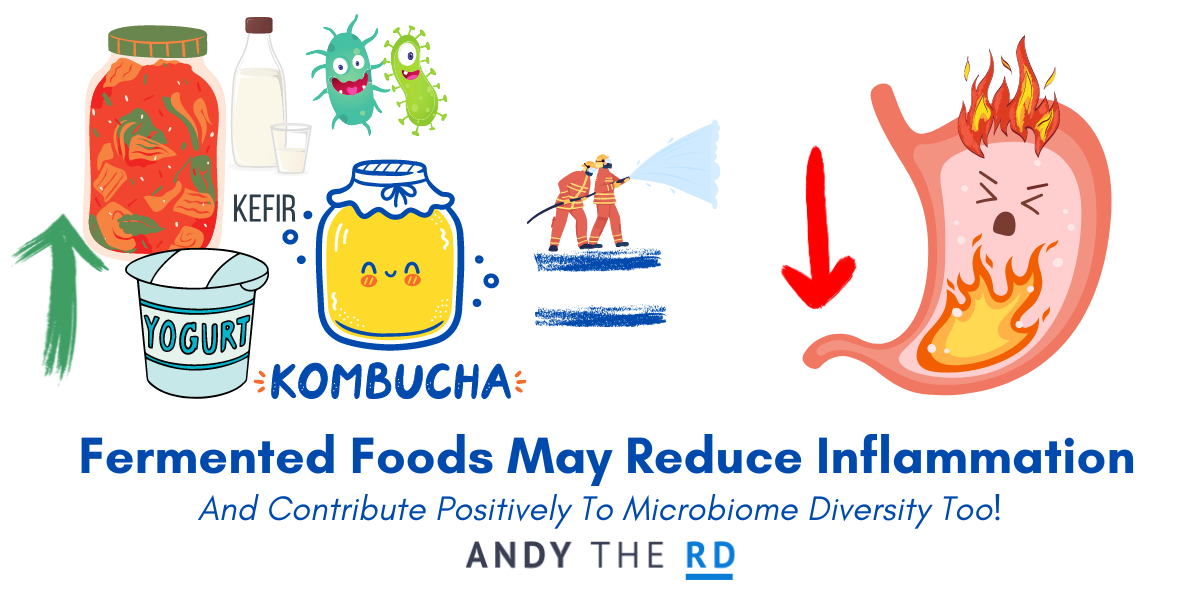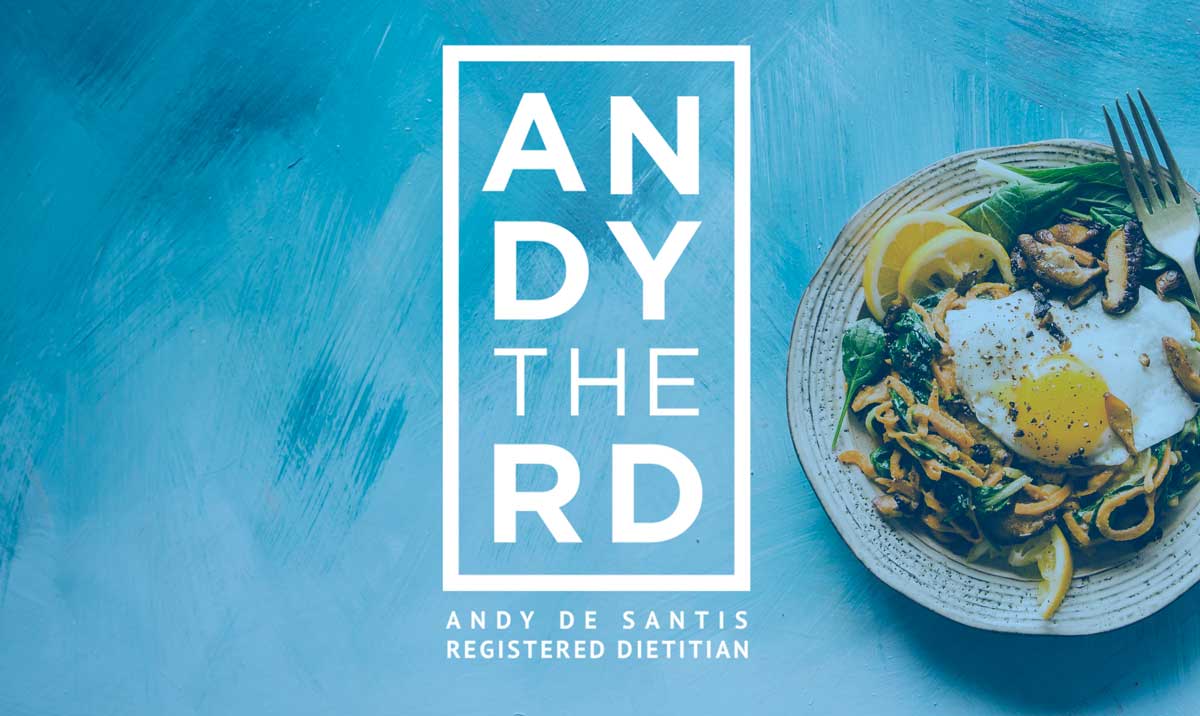Today’s article was researched and prepared by my writing intern Leeauna and edited and finalized by yours truly.
If you are a gut health enthusiast, you will love this post.
Which Foods Are Best For Your Microbiome?
There is a well known connection between diet, the bacteria of the microbiome called microbiota (spanning from the esophagus to the rectum), and the immune system [⁶ ].
A lack of diversity and density of microbiota (aka. bacteria) in the microbiome is common now and this change in the microbiome which can stem in part from an inadequate dietary pattern increasingly thought to play a major factor in disease development [⁶].
Dysbiosis of the microbiome occurs when there is a loss, reduction or imbalance of microbiota and is linked to many health obstacles like digestive disorders and to the development of: food sensitivities, skin conditions, inflammation of the intestines, colorectal cancer, and increases in inflammatory markers in the body [³][⁶].
So how can we intervene through diet and help our microbiome re-balance and thrive so that it doesn’t negatively impact our health?
Fortunately, I have found some really solid scientific evidence that has not only helped my understanding of how food can affect the microbiome, but has clarified what foods should be recommended to the general public [⁶].
I would like to dive right into this research study, looking into how: high-fermented food diets and high-fibre diets can each contribute something truly unique and necessary to the microbiota of the microbiome and our health, and why this information is worthy of a call to action.
The Study
This study titled ‘Gut-microbiota-targeted Diets Modulate Human Immune Status’ from Cell Press Journal provides a detailed look into two dietary interventions that targeted the microbiome, where participants consumed either a high-fiber diet or a high-fermented food diet over the course of a 10-week dietary intervention [⁶].
What Foods Were the Two Groups of Participants Eating Everyday?
| High-Fermented Foods Diet Group | High-Fiber Foods Diet Group |
| Regularly Consumed:
-Yogurt kefir -cottage cheese – kombucha, -fermented vegetables (ex.kimchi) -vegetable brine drinks
-This group also increased animal protein consumption due to increased consumption of fermented dairy [⁶]. |
Regularly Consumed:
-Plant-based soluble and insoluble fiber rich foods -vegetables and vegetable proteins -legumes -whole grains – nuts – seeds – fruits
-This group reduced their intake of animal protein over the course of the dietary intervention [⁶]. |
*Consumption of listed foods were slowly increased in a 4 week ‘increase phase’, then consumed the highest average number of servings in a 6 week ‘maintenance’ phase, and included a post-intervention choice phase of 4 weeks [⁶].
*High-fiber group did not increase their consumption of fermented foods and the high-fermented food group did not increase fiber consumption [⁶].
Observed Health Related Benefits From Both Study Groups
| High-Fermented Food Diet Group | High-Fiber Food Diet Group |
| Post Intervention Health Changes:
-Increase in found diversity (different strains of beneficial bacteria) of microbiota in microbiome [⁶].
– Decrease in inflammatory markers in the body post-study (ie. inflammatory cytokines like C-reactive protein, Interleukin-6 etc.) [⁶]. |
Post Intervention Health Changes:
-Increase in density and function of the existing microbiota in each subject [⁶].
– Increase in short-chain fatty acids (SCFA’s) and enzymes known to be beneficial to the immune system, gastrointestinal tract (GIT) ,microbiota, and microbiome [⁶] |
What is Density of the Microbiome and Why is it Important?
Density refers to how many microbiota (bacteria, probiotics, fungi, pathogens etc.) live throughout and contribute to the microbiome, and how close or spread out these microbiota are to each other [³]. Various communities and tribes of microbiota help to maintain the luminal barrier of the gastrointestinal tract (GIT) when fully functioning, and contribute to the gut-associated lymphoid tissue (GALT) , which is the immune system of the GIT. [²].
This study shows that the regular consumption of high-fiber foods is actually effective in increasing the density as mass of the microbiota of the microbiome [⁶].
Why is Diversity of the Microbiome Important?
Diversity of the microbiome refers to the variety of different microbiota: bacteria, yeasts, spores, fungi etc., that all live and compete in the microbiome. The diversity of your microbiome can depend on many different factors like: food you consume, your environment, exposures, dishwasher use, over-sanitization, breastfed or bottle fed, use of antibiotics etc. [³].
However, this study shows that the regular consumption of fermented foods can largely contribute to the diversity of beneficial microbiota present in the microbiome [⁶].
Why Should We All Care About Inflammation?
Chronic or low grade inflammation of the human body can be one of the first pathways to many illnesses and diseases, as inflammatory responses and the cytokines that cause them are all part of the immune system [⁷].
This study highlights how fermented foods specifically can be a strong modulator in decreasing many types of inflammatory markers and cytokines of the body, which provides an alternate, cost-effective avenue in the prevention and treatment of many non-communicable diseases that are linked to chronic inflammation [⁶].
Final Thoughts
I believe in (and hopefully you do now too) the importance and value of acting upon this information and recommendations of consuming high-fiber and fermented foods regularly when possible.
These foods can be a great replacement for common processed foods in your diet and can be added to daily eating rituals gradually over time.
Additionally, this study recommends consuming these two categories of foods regularly in combination, as this may possess synergistic health effects that can better improve the resilience of our microbiome and therefore health [⁶].
Cheers,
Leeauna Duchesne.
References
1. DeGruttola, A. K., Low, D., Mizoguchi, A., & Mizoguchi, E. (2016). Current Understanding of Dysbiosis in Disease in Human and Animal Models. Inflammatory bowel diseases, 22(5), 1137–1150. https://doi.org/10.1097/MIB.000000000000075
2. Jandhyala, S. M., Talukdar, R., Subramanyam, C., Vuyyuru, H., Sasikala, M., & Nageshwar Reddy, D. (2015). Role of the normal gut microbiota. World journal of gastroenterology, 21(29), 8787–8803. https://doi.org/10.3748/wjg.v21.i29.8787
3. Magne, F., Gotteland, M., Gauthier, L., Zazueta, A., Pesoa, S., Navarrete, P., & Balamurugan, R. (2020). The Firmicutes/Bacteroidetes Ratio: A Relevant Marker of Gut Dysbiosis in Obese Patients? Nutrients, 12(5), 1474. https://doi.org/10.3390/nu12051474
4. Nardocci, M., Leclerc, B. S., Louzada, M. L., Monteiro, C. A., Batal, M., & Moubarac, J. C. (2019). Consumption of ultra-processed foods and obesity in Canada. Canadian journal of public health = Revue canadienne de sante publique, 110(1), 4–14. https://doi.org/10.17269/s41997-018-0130-x
5. Partridge, D., Lloyd, K. A., Rhodes, J. M., Walker, A. W., Johnstone, A. M., & Campbell, B. J. (2019). Food additives: Assessing the impact of exposure to permitted emulsifiers on bowel and metabolic health – introducing the FADiets study. Nutrition bulletin, 44(4), 329–349. https://doi.org/10.1111/nbu.12408
6. Wastyk et al., Gut-microbiota-targeted diets modulate human immune status, Cell (2021), https://doi.org/10.1016/j.cell.2021.06.019
7. Zhang, J. M., & An, J. (2007). Cytokines, inflammation, and pain. International anesthesiology clinics, 45(2), 27–37. https://doi.org/10.1097/AIA.0b013e318034194e



